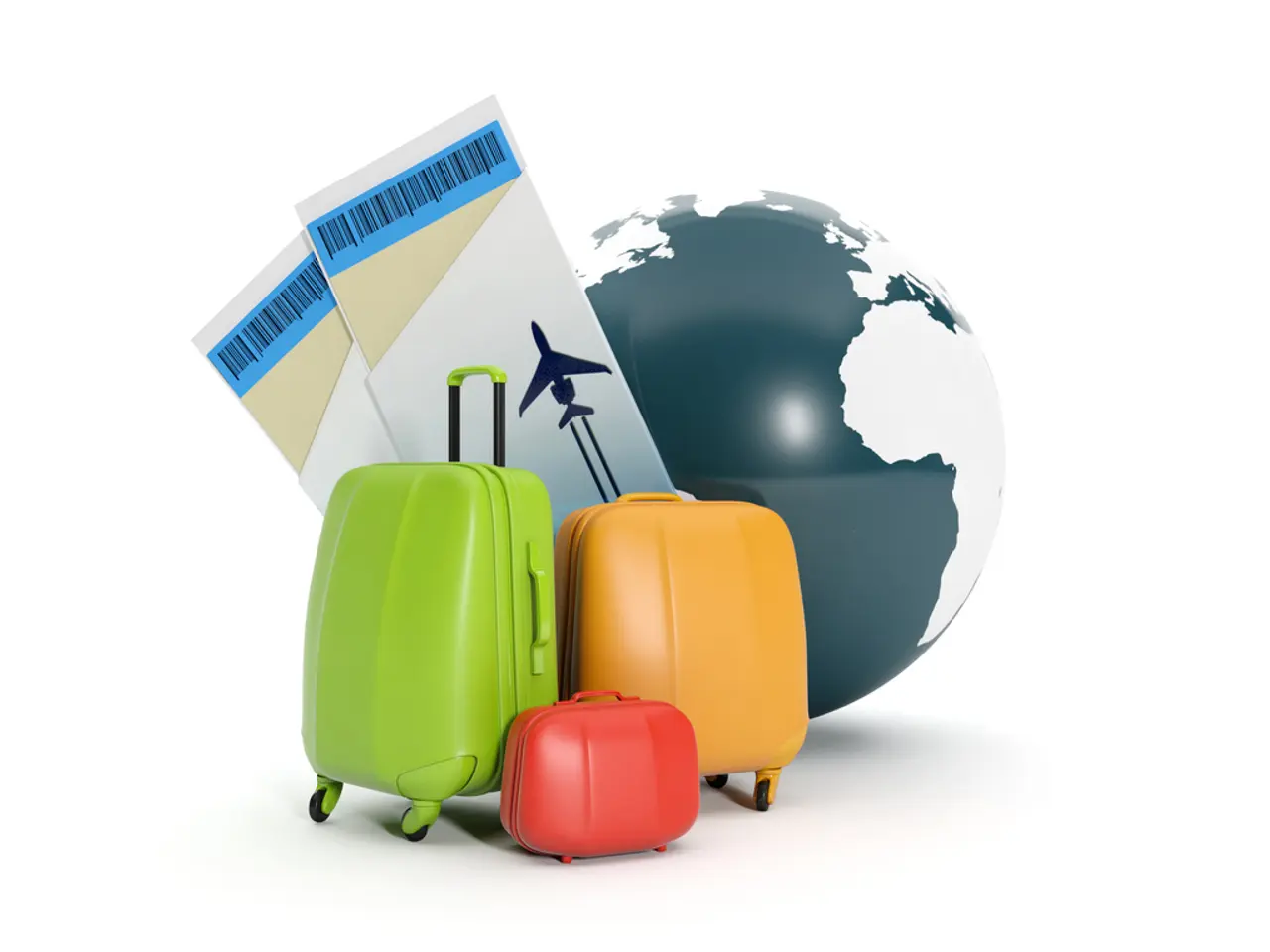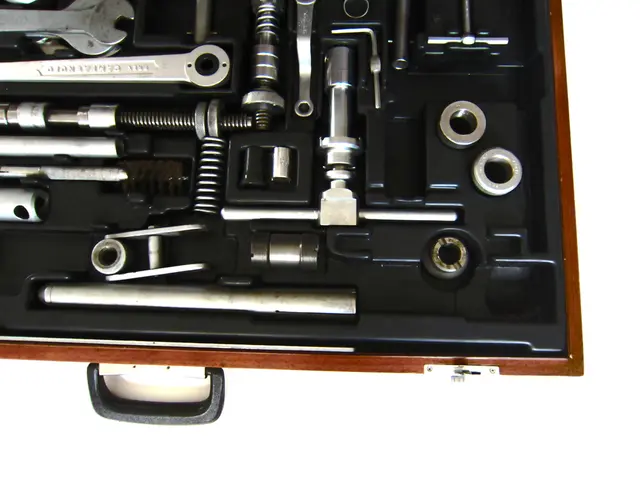EU has appointed OeSD as the General Contractor for the issuance of laissez-passer documents for a period of 9 years.
The European Union (EU) has taken a significant step towards modernising travel documentation with the introduction of an electronically enabled laissez-passer. This new travel document, aimed at enhancing security and facilitating travel within certain frameworks, marks a significant evolution in the world of travel documentation.
History
The laissez-passer, traditionally a travel document issued to officials and representatives of international organisations or governments, has been transformed to meet the demands of the digital age. The EU's move to incorporate electronic features into such documents is part of a broader push towards digitisation and enhanced security in travel documents. This evolution aligns with other EU initiatives such as the European Travel Information and Authorisation System (ETIAS), which aims to improve security and migration management.
Security Features
The new electronically enabled laissez-passer includes several security features designed to prevent forgery and tampering. These features include an electronic chip (e-chip) embedded in the document, storing biographic and biometric data of the holder. The document also benefits from advanced cryptographic protections, machine-readable zones (MRZ) for rapid automated identity verification, integration with central EU security databases for real-time verification and authenticity checks, and the use of biometric identifiers such as fingerprints and facial images.
The new laissez-passer complies with international standards (ICAO Doc 9303) for electronic travel documents, ensuring interoperability with global border control systems. These features collectively strengthen the integrity of the laissez-passer and support the EU’s objective to safeguard borders, prevent fraudulent travel, and streamline official diplomatic or organisational travel processes.
Partnership and Production
The production and management of the new laissez-passer is a collaborative effort. OeSD, a company based in Austria, was awarded the contract for the new laissez-passer in May 2015 and is responsible for producing and personalising the new laissez-passer in Vienna. OeSD partners with Vision-Box, a company based in Portugal, for the enrollment processes. X-Infotech from Latvia is responsible for lifecycle management of the new laissez-passer. The Joint Research Centre of the European Commission in Ispra, Italy provides the Public Key Infrastructure (PKI) for the new laissez-passer.
The entire issuance architecture for the new laissez-passer remains under the management of the European Commission on behalf of all European Institutions. The booklet itself is protected at multiple levels, ensuring its security and integrity.
The new laissez-passer, following the latest security standards, went live in June 2015. The issuance concept involves three cities: Brussels, Luxembourg, and Frankfurt. The new laissez-passer met the ICAO deadline for machine-readable travel documents on November 24, 2015.
In conclusion, the EU's electronically enabled laissez-passer represents a significant step towards standardised, secure, and electronically verifiable identity documents that simplify official travel across member states and beyond. This modern travel document reflects the EU's commitment to leveraging digital technologies to enhance border security and facilitate lawful travel.
[1] European Commission. (2015). European Travel Information and Authorisation System (ETIAS). Retrieved from https://ec.europa.eu/home-affairs/what-we-do/policies/borders-and-visas/legal-migration/legal-migration/etias_en [5] European Commission. (2015). Laissez-passer. Retrieved from https://ec.europa.eu/home-affairs/what-we-do/policies/borders-and-visas/legal-migration/legal-migration/laissez-passer_en
The European Union's decision to incorporate electronic features into the laissez-passer, such as the e-chip and machine-readable zones (MRZ), falls under the broader push towards digitisation and enhanced security in travel documents, demonstrating the role of data-and-cloud-computing technology in modernising travel documentation. The production and management of the new laissez-passer also involve partnerships with technology companies, such as OeSD, Vision-Box, and X-Infotech, highlighting the integration of technology in streamlining official travel processes.




